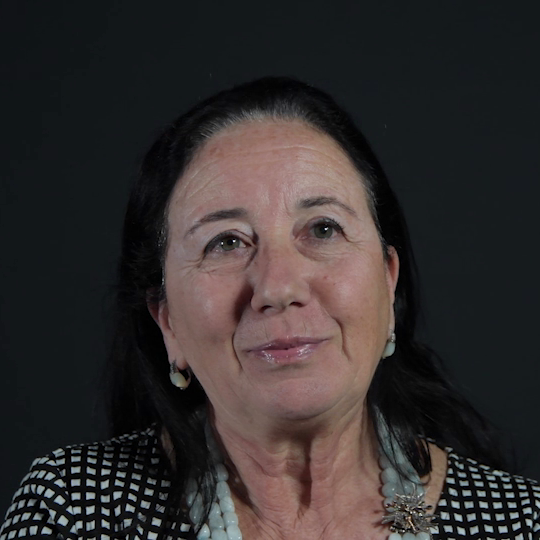Stefania Gori
Making pici, manual skills passed down the generations
Our site saves small pieces of text information (cookies) on your device in order to deliver better content and for statistical purposes. You can disable the usage of cookies by changing the settings of your browser. By browsing our website without changing the browser settings you grant us permission to store that information on your device. I agree
This icon identifies the places described in the “Paesaggi Narrativi” (Narrative Landscapes)
This one, on the other hand, identifies the areas in the “Paesaggi del Benessere” (Landscapes of Wellness)
Check out this symbol which gives you a 360-degree view of the amazing landscapes
In this part of the world, you may run into a famous person out for a stroll, having coffee or playing cards at the café. In San Casciano, as in Celle or Palazzone, they don’t care: everyone has the same human approach and lifestyle in common. It is the wonderful contradiction of a place that combines luxurious spas, high-level catering and accommodation with the simple life of small countryside villages. So, you can attend an event with a journalist, politician or actor, as well as village festivals with ties to local traditions: “pici” (a type of pasta), “ciaffagnone” (crepes), the inevitable extra virgin olive oil and wine. Different levels of society meet and social differences are eliminated. You have the local doctor teaching the immigrant caregiver to make “pici” or the elderly making friends with a television personality. Friendship and solidarity prevail in these small towns. A community cooperative has recently focused on working the wool of local sheep to make fabric. And while an attempt is being made to get young people to stay by creating jobs, the place is inundated with intellectuals and entrepreneurs: from Bulgari to Castellitto and Veltroni to Mazzantini. Nothing new: Aurelio Manni was an important collaborator of the Grand Dukes of Tuscany, while the first Italian professional costume designer was Gian Carlo Sensani, both from San Casciano. And a young Giosuè Carducci lived in Celle sul Rigo for a while. Behind the scenes, a significant thermal heritage: 42 springs with a temperature around 40 degrees, for an overall flow rate of about 5.5 million litres per day (among the highest in Europe).
The thermal waters attracted the attention of Etruscans and Romans, who built temples and thermal baths in the area. In the early Middle Ages, the current San Casciano was a court with a parish church (Curtis de Bagno), donation of the Marquis Ugo di Toscana to the Abbey of San Salvatore, later confirmed to the monks by Otto III and Henry II. The first traces with the current name date back to 1081, just before the castle passed to the Visconti of Campiglia d’Orcia and the dispute between Siena and Orvieto began in this border area. In the thirteenth century, there was a revival of the thermal baths and not surprisingly, Ghino di Tacco kidnapped the abbot of Cluny while he was on his way to take the waters in San Casciano. At the end of the fourteenth century, the local community ceded itself to Siena, until its final submission in 1412. This did not prevent the sacking by Vitellozzo Vitelli in 1493. In the meantime, while the remains of the Roman baths are being excavated, the thermal building, commissioned in 1607 by Ferdinand I of the Medici, to which modern structures have been added, is still impressive.

Making pici, manual skills passed down the generations

A welcome relief in our frenzied rush through life

Making pici, manual skills passed down the generations

A welcome relief in our frenzied rush through life